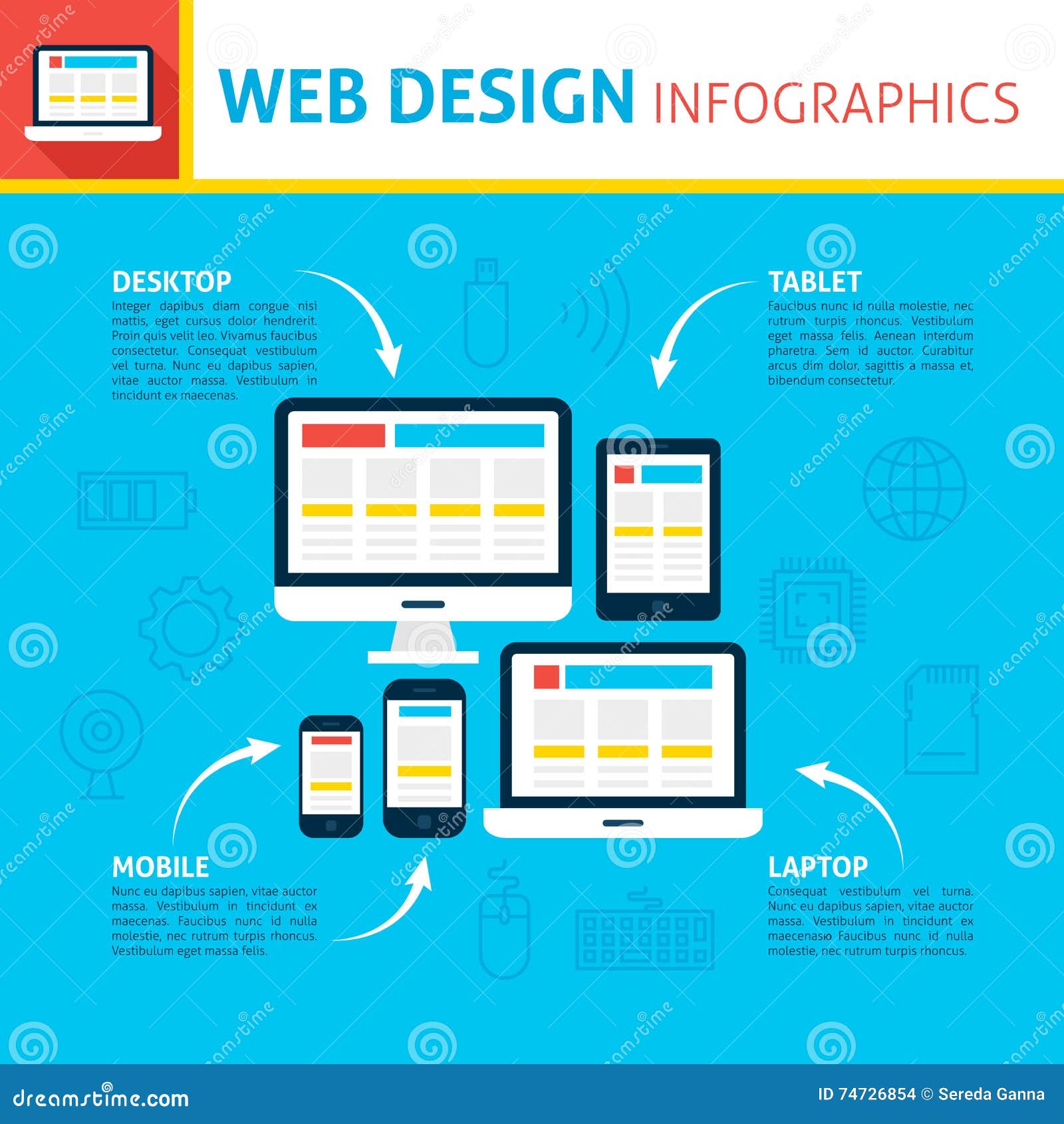Get Ready To Journey Via Time And Discover Exactly How Internet Sites Have Actually Come To Be Extra Innovative, User-Friendly, And Visually Magnificent
Get Ready To Journey Via Time And Discover Exactly How Internet Sites Have Actually Come To Be Extra Innovative, User-Friendly, And Visually Magnificent
Blog Article
Short Article Composed By-Kinney Hejlesen
In the past, internet sites were simple and concentrated on information. Navigating was direct, and style was for desktops. Currently, user experience is vital. Information guides designs for simple navigating. Responsive layouts suit various devices. Today, dark setting reduces strain, and minimal menus improve navigating. Interactive functions engage users, and bold visuals stick out. AI assimilation enhances engagement. See how style has actually advanced to improve your online journey.
Very Early Days of Website Design
In the very early days of web design, simplicity reigned supreme. Websites were fundamental, with restricted colors, font styles, and designs. The focus was on providing details instead of showy visuals. Individuals accessed the web via slow-moving dial-up links, so rate and functionality were vital.
Navigating menus were straightforward, typically situated on top or side of the web page. Web sites were created for desktop computers, as mobile browsing had not been yet widespread. Web content was king, and developers prioritized simple readability over complex style aspects.
HTML was the key coding language made use of, and designers needed to function within its restrictions. Computer animations and interactive features were marginal contrasted to today's requirements. Websites were fixed, with little vibrant web content or tailored user experiences.
Increase of User-Focused Layout
With the evolution of internet site layout, a change in the direction of user-focused design concepts has actually come to be significantly popular. Today, developing websites that focus on customer experience is crucial for involving site visitors and attaining business objectives. User-focused layout involves recognizing the needs, choices, and habits of your target market to customize the website's layout, material, and includes accordingly.
Designers currently perform complete research, such as user surveys and functionality testing, to collect insights and responses straight from users. This data-driven approach helps in producing intuitive navigating, clear calls-to-action, and aesthetically attractive user interfaces that resonate with site visitors. By placing the user at the facility of the design process, internet sites can provide a much more customized and enjoyable experience.
Receptive layout has actually likewise emerged as a crucial facet of user-focused design, making sure that websites are enhanced for different devices and screen sizes. This versatility boosts availability and use, catering to the varied means users engage with websites today. Essentially, the surge of user-focused layout symbolizes a shift in the direction of developing digital experiences that focus on the requirements and expectations of the end individual.
Modern Trends in Web Design
Discover the most up to date trends shaping web design today. One famous trend is dark mode style, providing a streamlined and modern appearance while reducing eye pressure in low-light atmospheres. Another crucial fad is minimalist navigation, simplifying menus and enhancing individual experience by concentrating on essential elements. Incorporating micro-interactions, such as animated buttons or scrolling effects, can produce an extra appealing and interactive web site. Responsive layout continues to be essential, making certain seamless individual experiences across different devices. Additionally, using vibrant typography and unbalanced formats can include aesthetic interest and accentuate particular material.
Incorporating https://www.digitaljournal.com/pr/8-brilliant-seo-plugin-tips-for-wordpress-website-design-adeniyi-adeniji , like chatbots for consumer support or personalized referrals, enhances user involvement and improves procedures. Accessibility has also come to be a significant trend, with designers prioritizing inclusive style practices to deal with diverse individual demands. Accepting sustainability by optimizing web site performance for rate and efficiency is another arising pattern in web design. Working together with user comments and data analytics to repeat and enhance style continually is vital for staying relevant in the ever-evolving digital landscape. By accepting these contemporary trends, you can develop an aesthetically appealing, user-friendly internet site that resonates with your target market.
Verdict
As you assess the evolution of website layout from the early days to now, you can see how user-focused layout has actually come to be the driving pressure behind modern fads.
Accept the trip of adjustment and adjustment in web design, always maintaining the individual experience at the center.
Remain present with the most recent fads and technologies, and never quit evolving your approach to produce visually spectacular and straightforward sites.
Develop, adapt, and develop - the future of website design remains in your hands.
